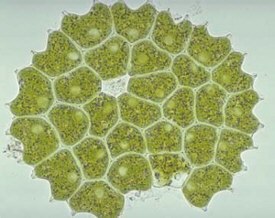 |
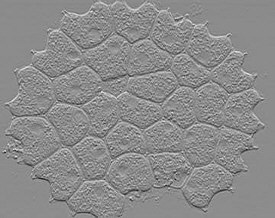 |
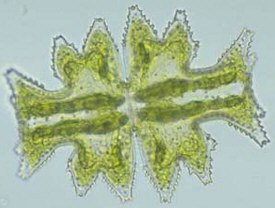 |
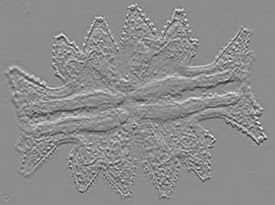 |
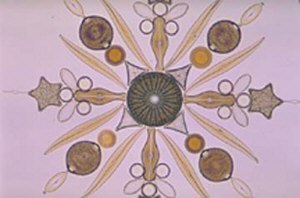 |
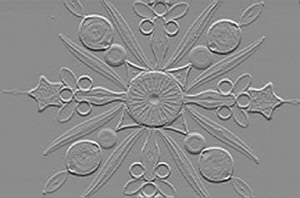 |
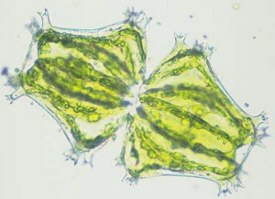 |
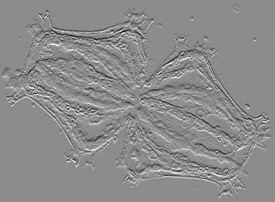 |
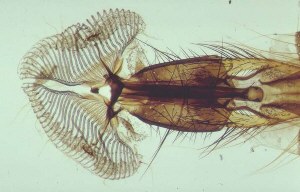 |
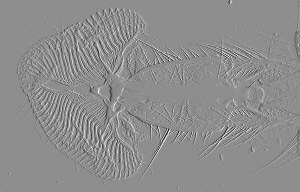 |
by Mike Dingley (Australia)
In last month's (June 1998) issue of Micscape Magazine I submitted a note together with a couple of images titled "More on Desmid Eaters". When I opened the magazine index page I noticed that the Editor had put one of my images (a rotifer) as a black and white image with 'depth' giving a 3-D type of image. My first thought was that the Editor had somehow produced a form of 'poor-man's Normarski Differential Interference contrast' but it was devoid of colour. I pondered this for a while and it wasn't until I saw a picture of an Oriental Rat Flea in the same issue that the method was revealed.
The text led me on the correct path telling me that it was computer-generated using graphics software. I quickly found one of my images and opened Photostyler (although Photoshop or PaintShop Pro also work), looked for 'Effects' and clicked on 'Emboss' (in Photoshop it is called 'Bas Relief'). To my amazement (I'm easily amazed), my color image changed to black and white but it had also appeared with 'depth'. There is an option to alter the direction of the light and hence the shadow (which gives the appearance of depth) and so I played around until I got the best image. I was hooked and so tried this on several other images. The very next day I received an e-mail from my friend Yen Fook Chew who lives in New Zealand telling me that he had seen the original image in the magazine and ...... when had I purchased DIC for my microscope?
The effects are very interesting and so I have put some colour photomicrographs here together with the computer-altered B&W images. You will see that they are very different but also that they are interesting. The B&W image does not and will not reveal any more information than that which already exists in the original image but it does highlight structures which are not visible in the original.
I don't know where the use of this will lead us. It may be a passing fad but it may be useful as 'another view' when comparing it to a camera-produced image. So try it and experiment yourselves. If you don't have a digital camera or photomicrographic equipment, download some images from the web (OK as long as you are only experimenting). I'm sure you will be as pleased with the results as I am. Note - I did try it on several images of polarised crystal melts but the results were not very interesting.
Image gallery:
In order of presentation (left image - brightfield, right image - embossed).
 |
 |
 |
 |
 |
 |
 |
 |
 |
 |
Please report any Web problems or offer general comments
to the Micscape
Editor,
via the contact on current Micscape Index.
Micscape is the on-line monthly magazine of the Microscopy
UK web
site at Microscopy-UK